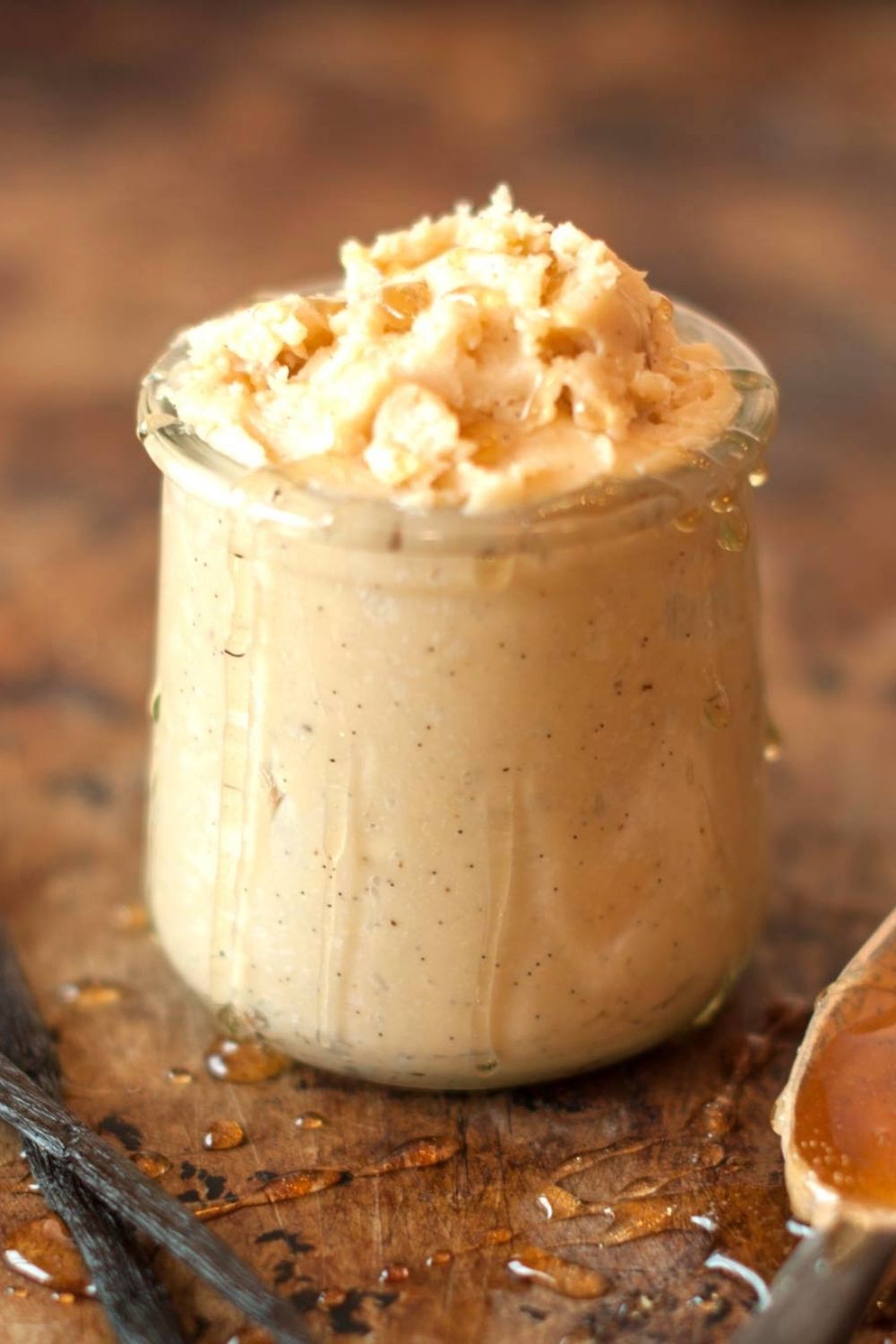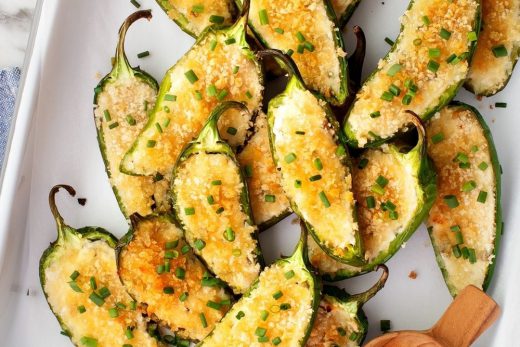When colonists first observed northeastern Native Americans preparing baked beans, what they likely saw being poured into the bean pot was maple syrup, which resulted in a calorie- and protein-rich meal that could warm stomachs and provide needed sustenance through the brutal winter months. In some parts, like Vermont, maple syrup is still used today. But with the Atlantic slave trade and, more specifically, the triangular trade that circulated enslaved Africans along with goods like sugarcane and rum throughout the Atlantic, the town of Boston was awash in molasses, and so, too, were its beans.
Quite literally: In 1919, a massive molasses storage container ruptured in Boston’s North End, with 21 people and several horses killed by the flood…which was apparently not quite as slow as molasses.
The thing with molasses, though, is that it significantly slows down the rate at which beans soften during cooking. First, the slightly acidic pH of molasses, according to Harold McGee, makes the pectins and hemicellulose in the beans’ cell walls more stable and less prone to dissolving; second, the sugar in the molasses strengthens the beans’ cell walls and slows down the rate at which their starch absorbs water; and, finally, the calcium in molasses steps in to further strengthen the beans’ cell walls.





